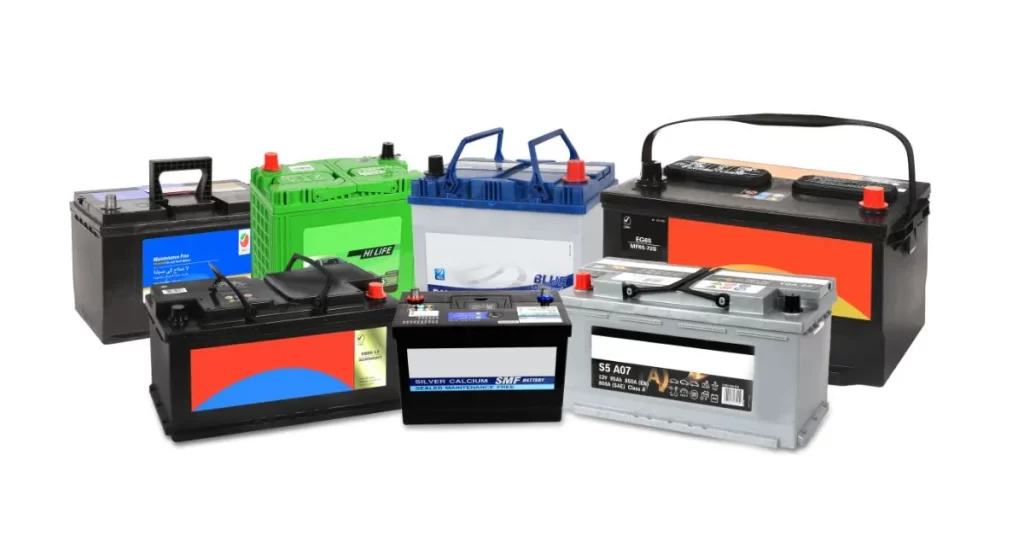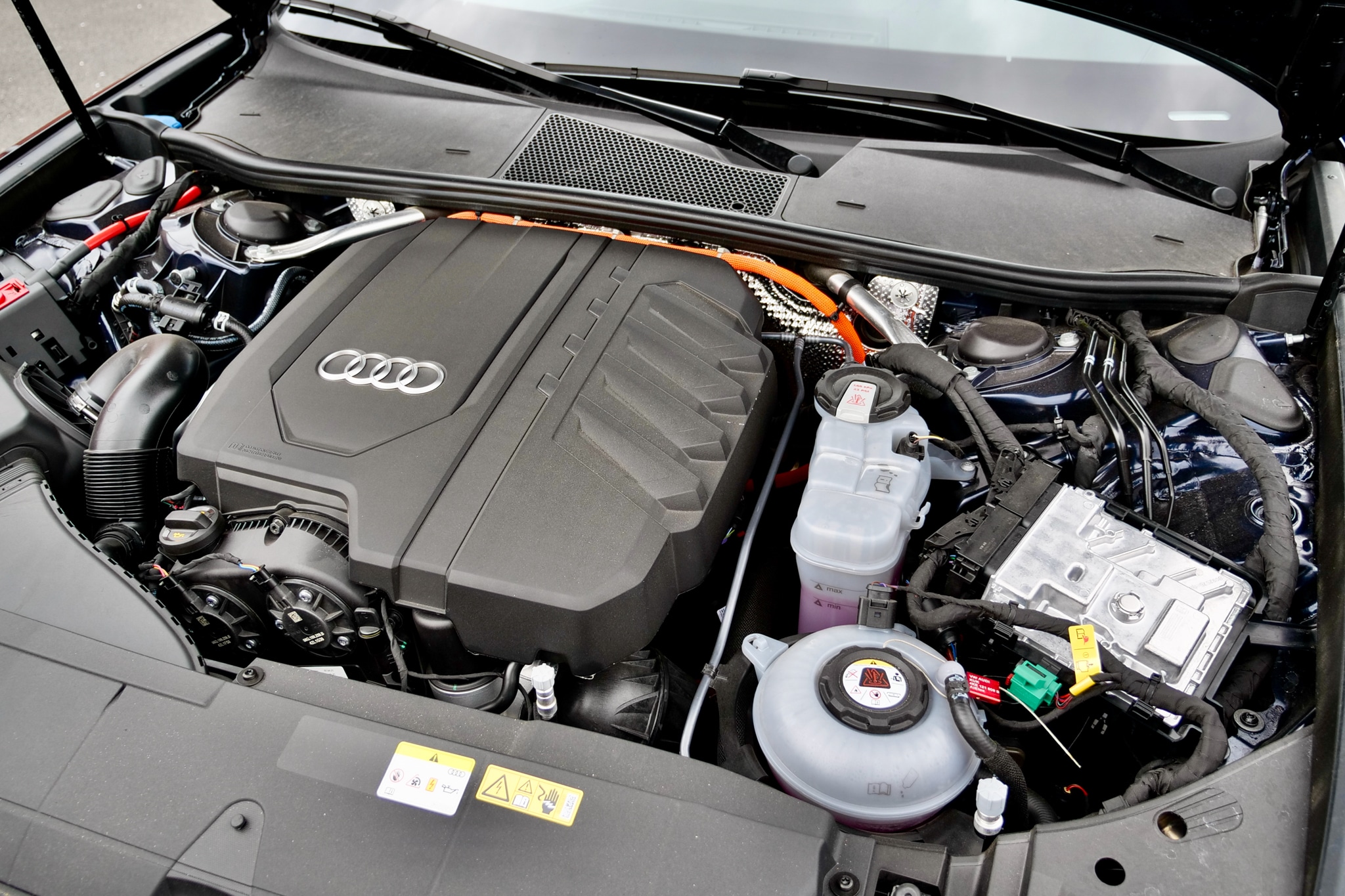When to replace Deep Cycle Battery
Deep cycle batteries are a crucial component in many energy storage systems. They power everything from marine vessels to renewable energy systems, and their maintenance is key to their longevity.
However, even with the best care, these batteries won’t last forever. So, how do you know when your deep cycle battery needs replacing?
This article will guide you through the signs of a failing battery. It will also provide comprehensive information on maintaining the health and longevity of your deep cycle batteries.
From regular cleaning to checking electrolyte levels, proper maintenance can extend the life of your battery. But when maintenance isn’t enough, it’s time to consider a new energy storage solution.
Whether you’re an individual or a business, this guide will help you understand your deep cycle battery better.

Understanding Deep Cycle Batteries and Their Role in Energy Storage
Deep cycle batteries are designed to be discharged and recharged many times over their lifespan. This makes them ideal for applications that require sustained power over a longer period.
These batteries play a crucial role in energy storage solutions. They are commonly used in renewable energy systems, marine vessels, recreational vehicles, and backup power systems.
Deep cycle batteries come in various types, including AGM, Gel, and Flooded lead-acid batteries. Each type has its unique maintenance needs and performance characteristics.
- AGM (Absorbed Glass Mat) batteries are sealed, maintenance-free, and resistant to vibration.
- Gel batteries use a gel electrolyte, making them leak-proof and suitable for various orientations.
- Flooded lead-acid batteries, while requiring more maintenance, are often more affordable and can last longer with proper care.
Understanding the type of your deep cycle battery is the first step towards effective maintenance and prolonging its life.
The Lifespan of Deep Cycle Batteries: What to Expect
The lifespan of a deep cycle battery can vary greatly. It depends on several factors, including the type of battery, its usage, and how well it’s maintained. Under optimal conditions, a deep cycle battery can last anywhere from 4 to 15 years.
However, improper maintenance or overuse can significantly shorten this lifespan. Overcharging, undercharging, or allowing the battery to sit discharged for extended periods can lead to damage. Similarly, exposure to extreme temperatures or vibrations can also affect battery health.
Therefore, understanding the signs of a failing battery and performing regular maintenance is crucial. It can help extend the battery’s life, ensuring reliable energy storage for your needs.
Recognizing the Signs of a Failing Deep Cycle Battery
Identifying the signs of a failing deep cycle battery is crucial. It allows you to take timely action, either by performing necessary maintenance or replacing the battery. Some common signs that your deep cycle battery may be failing include:
- Difficulty holding a charge: If your battery discharges quickly or struggles to hold a charge, it may be nearing the end of its life.
- Reduced capacity: Over time, a battery’s capacity can decrease. If you notice a significant drop in your battery’s capacity, it may need replacing.
- Physical damage: Visible signs of damage, such as bulging, cracking, or leaking, are clear indicators that your battery needs immediate replacement.
- Frequent need for water: If you’re constantly having to add water to your flooded lead-acid battery, it could be a sign of overcharging and impending failure.
Remember, these signs are not definitive proof of a failing battery. They are indicators that your battery may need attention. Regular maintenance and testing can help confirm whether your battery is failing or if it simply needs some care to restore its health.
Regular Maintenance: Extending the Life of Your Deep Cycle Battery
Proper deep cycle battery maintenance is key to extending its lifespan. Regular maintenance can help prevent premature failure and ensure reliable energy storage. It involves several steps, including:
- Visual inspections and cleaning
- Checking electrolyte levels and specific gravity
- Proper charging practices
- Equalization charges
- Proper storage
Each of these steps plays a crucial role in maintaining the health of your deep cycle battery. Let’s delve into each of these steps in more detail.
Visual Inspections and Cleaning
Visual inspections are a fundamental part of deep cycle battery maintenance. Regularly inspect your battery for signs of damage or corrosion. Look for cracks, leaks, or bulging in the battery case.
Also, ensure the battery terminals are clean. Build-up on the terminals can hinder the battery’s performance. Use a battery terminal cleaner to remove any corrosion or dirt.

Electrolyte Levels and Specific Gravity Testing
For flooded lead-acid batteries, it’s important to check the electrolyte levels regularly. The electrolyte should cover the plates. If it’s low, add distilled water.
Specific gravity testing can also provide insight into your battery’s health. Use a hydrometer to measure the specific gravity of the electrolyte. This can help identify if your battery is undercharged, overcharged, or has a dead cell.
Charging Practices and Avoiding Common Mistakes
Proper charging is crucial for deep cycle battery maintenance. Here are some best practices:
- Avoid overcharging or undercharging your battery. Both can lead to reduced battery life.
- Use a charger that’s compatible with your battery type. Not all chargers are suitable for all types of batteries.
- Understand the charging stages: bulk, absorption, and float. Each stage is important for fully charging your battery without causing damage.
Remember, improper charging can lead to issues like sulfation or stratification, which can significantly reduce your battery’s lifespan.
The Importance of Equalization Charges
Equalization charges are important for flooded lead-acid batteries. They help to mix the electrolyte, preventing stratification.
An equalization charge is a controlled overcharge. It should be performed periodically, as per the manufacturer’s instructions. This process can help extend the life of your battery and maintain its capacity.
Storing Your Deep Cycle Battery Properly
Proper storage is crucial when your deep cycle battery is not in use. Store your battery in a cool, dry place.
Avoid storing your battery in a discharged state. This can lead to sulfation, which can damage your battery. Before storage, ensure your battery is fully charged. Regularly check the charge level during storage and recharge as necessary.
When to Replace vs. When to Maintain: Making the Right Choice
Knowing when to replace your deep cycle battery can be a challenge. It’s a decision that should be based on the battery’s performance and health, not just its age. If your battery is struggling to hold a charge, or its capacity has significantly reduced, it may be time to consider a replacement.
However, before rushing to replace your battery, ensure you’ve been maintaining it properly. Regular maintenance can often resolve common issues and extend the battery’s life. If you’ve neglected maintenance, start implementing the practices discussed earlier and monitor any improvements.
Ultimately, the decision to replace or maintain should be a balance between cost and performance. If the cost of maintaining your battery is outweighing its performance, or if the battery is no longer reliable, investing in a new energy storage solution may be the best choice.
Disposal and Recycling: Environmental Considerations
When it’s time to replace your deep cycle battery, proper disposal is crucial. Batteries contain harmful chemicals that can damage the environment if not disposed of correctly. Many regions have regulations in place for battery disposal, so it’s essential to familiarize yourself with these.
Recycling is another important aspect of battery disposal. Many components of deep cycle batteries can be recycled and reused, reducing the environmental impact. Look for recycling facilities in your area that accept deep cycle batteries. Remember, responsible disposal not only protects the environment but also contributes to the sustainability of the battery industry.
Innovations and Future Trends in Deep Cycle Battery Technology
The world of deep cycle batteries is not static. Innovations and advancements in technology are continually shaping the future of energy storage solutions. From improvements in battery lifespan to the development of more efficient charging methods, these advancements aim to enhance the performance and reliability of deep cycle batteries.
One notable trend is the increasing use of lithium-ion deep cycle batteries. These batteries offer several advantages over traditional lead-acid batteries, including longer lifespan, higher energy density, and lower maintenance requirements. As technology continues to evolve, we can expect to see even more exciting developments in the field of deep cycle batteries.
Conclusion: The Economic and Environmental Impact of Proper Battery Maintenance
Proper deep cycle battery maintenance is not just about prolonging the life of your battery. It also has significant economic and environmental implications. By maintaining your battery’s health, you can avoid the cost of frequent replacements and ensure reliable energy storage for your needs.
Moreover, proper disposal of old batteries is crucial for environmental sustainability. By recycling your old batteries, you contribute to the reduction of harmful waste in our environment. In conclusion, deep cycle battery maintenance is a responsibility that benefits both your wallet and our planet.








